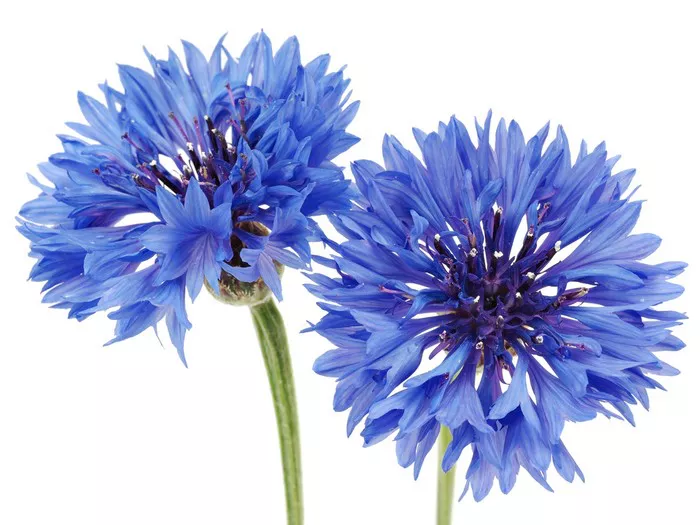Despite facing challenges stemming from ongoing gang wars, Ecuador’s flower industry continues to thrive, playing a significant role in the country’s economy. As the world’s third-largest flower exporter, after the Netherlands and Colombia, Ecuador enjoys a prominent position in the global flower market, with the United States, Netherlands, and Kazakhstan being its primary export destinations.
Roses, in particular, are a cornerstone of Ecuador’s flower exports, constituting approximately 73% of its total flower exports. Despite obstacles such as political instability, inflation, and rising input costs, demand for Ecuadorian flowers remains robust, prompting the country to focus on expanding its market presence worldwide.
Curfews Imposed Amidst Gang Violence Disrupt Flower Transport
Gang-related conflicts have long plagued South and Central America, and Ecuador is no exception. Narcotic gangs have increasingly infiltrated Ecuador’s borders, vying for control of territories and seaports, leading to a surge in homicides. In response, the government has implemented curfews, especially in heavily affected regions, to stem the tide of criminal activities.
These curfews, enforced through decrees restricting the movement of people and goods, particularly at night, have disrupted transportation networks. Consequently, the transportation of flowers, a vital export commodity for Ecuador, has also been impacted to some extent.
Eduardo Letort, President of Hoja Verde, a flower enterprise specializing in premium roses and agricultural products, notes that these curfews have posed challenges for flower growers, requiring them to obtain special permits and documents to facilitate the transportation of flowers amidst the movement restrictions.
Despite these obstacles, Ecuador’s flower industry remains resilient, adapting to the prevailing circumstances to ensure the continued supply of quality flowers to international markets.


